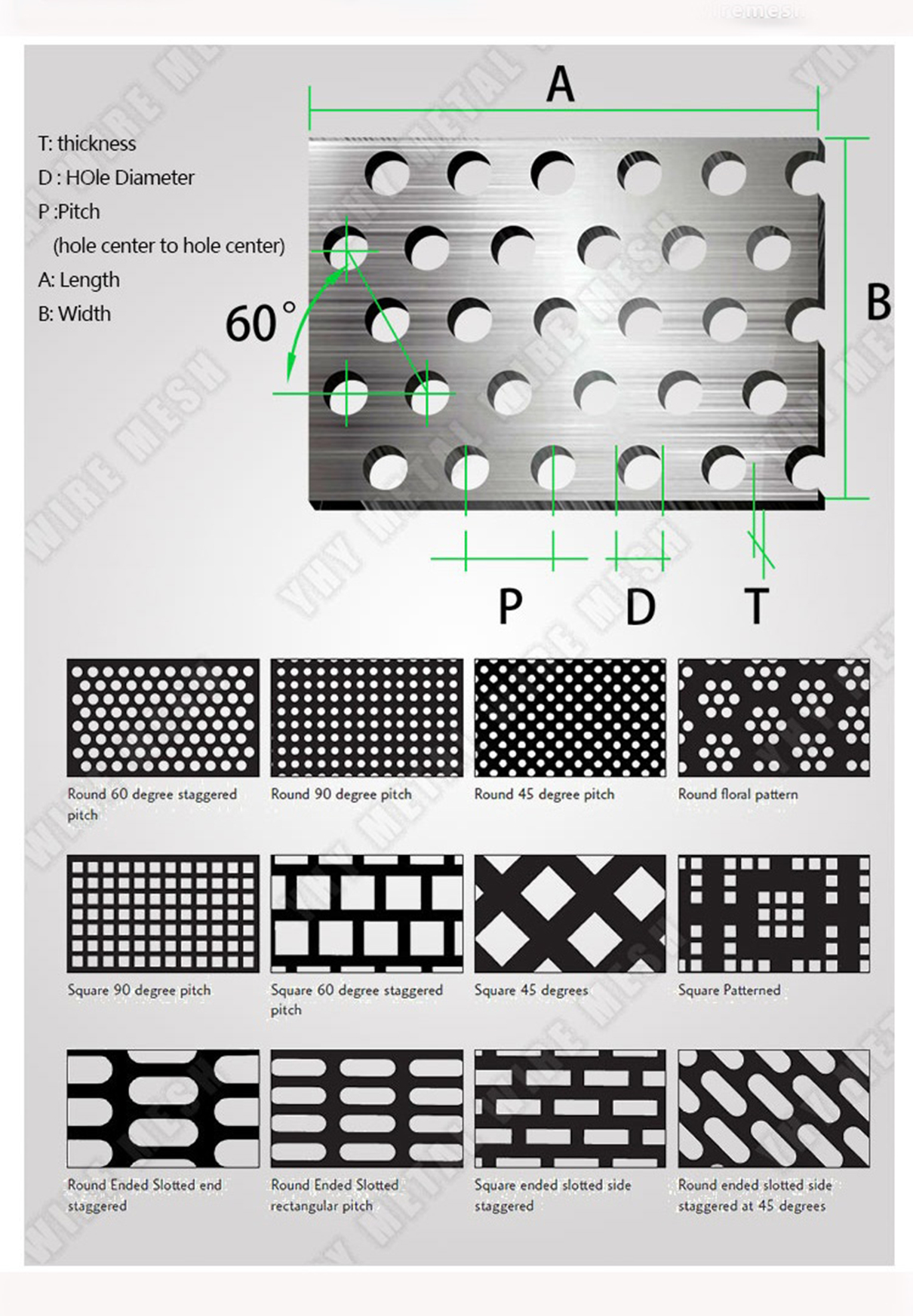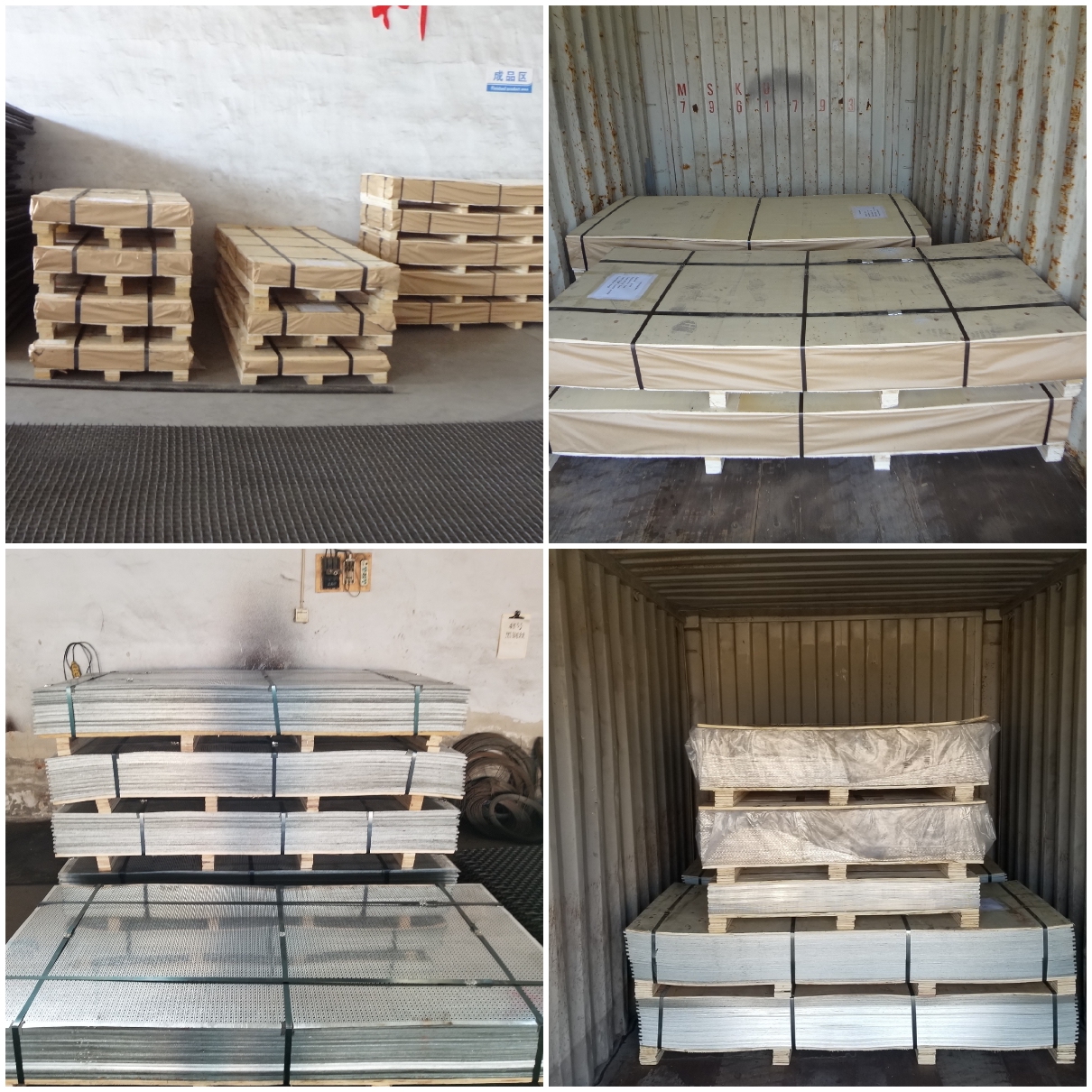Perforated metals are used in a wide range of applications, most commonly as screens, filters, shields, and guards, but also as structural and aesthetic elements in architectural and interior design applications. Perforated metals also have the ability to control the passage of air and other gases, liquids, light, solids, heat, and sound waves.
Perforated metals are used in a wide range of applications, most commonly as screens, filters, shields, and guards, but also as structural and aesthetic elements in architectural and interior design applications. Perforated metals also have the ability to control the passage of air and other gases, liquids, light, solids, heat, electromagnetic energy, and sound waves. With these properties, perforated metals have found applications in a variety of industry sectors, including There is a wide range of possible applications of perforated metal planks. They can be used as working platforms, Ramps, facades, stands, and much more. They may also be used as walkways and Supply paths, as well as large-area protective mats for working areas below Conveyor systems.
Thickness: 0.3-12mm
Hole size: 0.6-20mm
width:0.8m -1.5m
Length:1-3.0m
Perforated area percent: from 7% to 83%
Material: Low carbon steel, aluminum, stainless steel
Hole Pattern: round, square, hexagonal, scale, rectangular, triangle, cross, slotted.
Color: golden, silver, red, black, white, etc.
Surface treatment: galvanized, powder-coated, etc.
Different shapes

Features
Used for ventilation, decoration, protection, etc.
Good strength-to-weight ratio.
Wide range of open area percentages.
Accurate hole sizes.
Durable, available in corrosion-resistant materials.
Available in the lightweight material.
Attractive appearance, suitable for decorative applications.
Customized hole shapes.
Easy installation.
It can be readily formed.
Uniform sound abatement.
Largest selection of hole size patterns and configurations.
